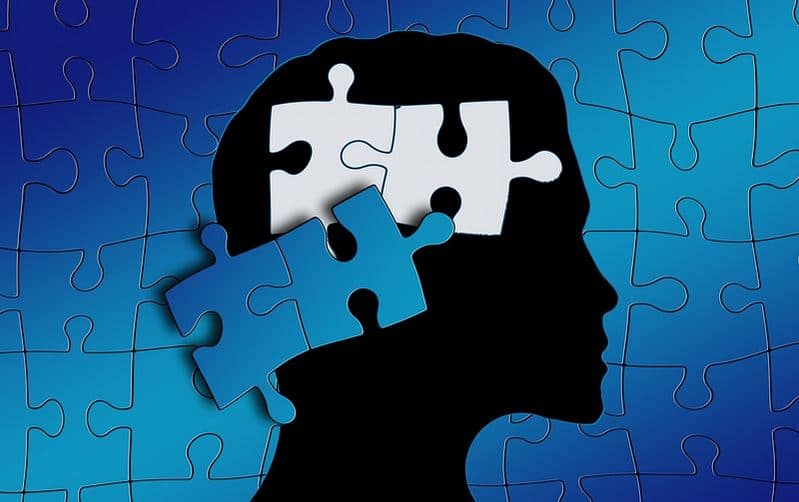In a recent posting at Hearing Health & Technology Matters, Kathi Mestayer presents a discussion of auditory processing related to understanding spoken language. In her posting, she discussed what is called Bottom Up versus Top Down processing and how it might relate to how we process and, then, understand what we hear.
In reading her article, this professional found that additional information is needed regarding what really is involved in processing what we hear. The following is a brief overview of what this professional refers to as a Multisystem Integrated Approach to understanding auditory processing (also called central auditory processing) and how it differs from the Bottom Up and Top Down approaches.
Understanding this multisystem approach, one can see that identification and treatment of auditory processing problems is not as easy as merely identifying and working on accommodations to make incoming sound easier to receive which is often what is provided, especially for children with auditory processing disorders.
The Standard (Bottom Up) Approach Taken to Understanding Auditory Processing
Most professional involved in evaluating, diagnosing, and treating auditory processing disorders in children follow what our professional associations identify regarding how we process incoming auditory information (AAA, 2010; ASHA, 2005). Disorders are then felt to be due to deficits somewhere in this bottom up processing system.
The standard approach views auditory processing starting when sound enters the ear and gets into the inner ear called the cochlea. The auditory processing factors are felt to occur after the cochlea “transforms” the auditory signal into a neural response by innervating the nerve endings of the eighth cranial nerve also called the auditory nerve. The auditory nerve then travels up from the cochlea to the low brainstem auditory areas. From there, neural impulses either continue to travel up to the same side mid-brainstem and then to the upper brainstem. Some of the neural impulses cross over to the opposite side of the low brainstem and then travel up to the mid-brainstem and upper brainstem region. At the upper brainstem region, another cross-over occurs in which some neural impulses travel up the same side while others cross to the opposite side traveling to a region called the thalamus (below the cortex). From this thalamic auditory region, the impulses flow up to what can be called the auditory reception areas (Heschl’s gyrus) in the brain in the cortex on the same side as the thalamic region. At this cortical level, there is a mass of fibers that connect the right and left auditory reception areas with each other. This pathway for neural processing of auditory information is the bottom up flow.
Disorders of auditory processing are felt to involve some breakdown somewhere in this flow including between the two cortical regions (right and left hemisphere (sides) of the brain). Thus, therapy based on this audiological/bottom up approach looks at changing how were hear what we hear.
An Alternative (Top Down) Approach
In the 1970s, some speech-language pathologists and psychologists (see Rees, 1973) viewed auditory processing more from a language processing perspective. In this top down view, professionals argue that we already have a great deal of knowledge in our brain. We use that knowledge to let the bottom up processing centers know what the brain wants and needs from the incoming signal. The brain then forms an expectation of what should be the incoming signal and makes its final decisions as to what is heard (i.e., brought up from the bottom) once the incoming signal matches the brain’s expectations.
This occurs for both linguistic material as well as non-linguistic material. For linguistic material, the brain has some ideas of what it expects to hear. For example, you meet someone and initially you expect them to say some greeting. When they speak, you match their verbal utterance, “Hello, how are you?” with your expectation that this is a typical “greeting”. However, we also hear noises and recognize the noises. For example, you are expecting a person to arrive at your house around 2pm, and at 1:55pm you hear three banging sounds coming from the direction of your front door. You process this as the person you expect to come to your house, so you go to the door and open it and greet your friend. Thus, we have expectations already in our language centers of cortex and in our cognitive (thinking) centers of cortex.
Many speech-language pathologists and psychologists today still hold to auditory processing being a top down based function. Often, these professionals feel that the top down process is more critically important than the bottom up process and put their focus on evaluating a person’s language and cognitive abilities to determine if that person does or does not have an auditory processing disorder. Treatment is then focused on improving the language and cognitive functions of the person so identified.
*Click here for Part 2: a Multisystem Approach
References:
American Academy of Audiology. (2010). Diagnosis, treatment, and management of children
and adults with central auditory processing disorder [Clinical Practice Guidelines].
Retrieved from https://audiology-web.s3.amazonaws.com/migrated/CAPD%20Guidelines%208-2010.pdf_539952af956c79.73897613.pdf
American Speech-Language-Hearing Association. (2005). (central) auditory processing
disorders [Technical Report]. Retrieved from https://www.asha.org/policy
Jay R. Lucker, Ed.D., CCC-A/SLP, FAAA, is a Professor in the Department of Communication Sciences and Disorders at Howard University and also works in private practice specializing in Auditory Processing and Language Processing Disorders









Having studied brain functions pertaining to auditory processing for speech codes, I am of the opinion that bottoms up processing is generally a brain demand to get more precise action potentials and reduce potentials that represent noise. This is the final step in processing before the CA engages in specific processing by way of segregating speech codes for comparison with the long term memory storage. Such locations are clustered in the brain at various locations. However, for cognitive attention, the two way transaction occurs at the prefrontal cortex as the critical step for cognitive response.